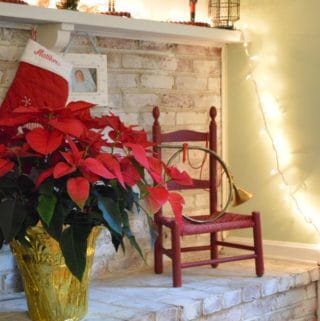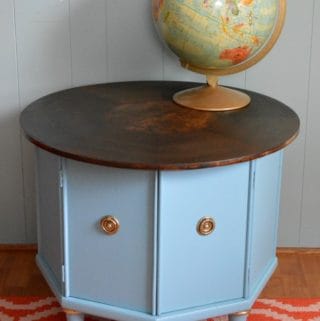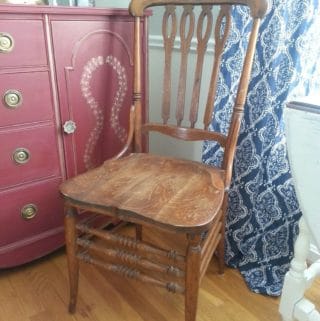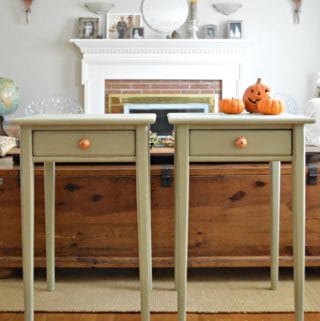Image Credit: Mikes-Photography from Pixabay.
Looking after your home can seem like an endless prospect. It can be well worth it, however, as taking care of the small things will prevent them from getting bigger. It’ll also stop other issues from developing. That’s very true when it comes to making your home winter-ready.
If you don’t know how to winterize your home, then you might struggle with what to do. If you’ve moved into your first home, that’s especially true. Keeping a few things in mind will help make sure that you don’t have to suffer through the winter.
Making your home winter-ready shouldn’t be as difficult as you’d think. It should be easier than you’d expect.
How To Winterize Your Home
Test Your Detectors
House fires are much more likely to happen during the winter. That’s because more people light their fireplace and have their heating systems on during these months. You’ll need to make sure that your detectors are working correctly because of this.
This is vital to do for the winter months, although it’s recommended that you check them monthly. You should also change their batteries whenever they start running low. That isn’t just the case for smoke alarms; you should also do so for carbon monoxide detectors.
Protect The Pipes
When you’re figuring out how to winterize your home, one of the first things you should look at is your pipes. You should make sure that these are insulated against the cold. For the pipes close to the outside, such as the ones that run through the external walls, that’s especially true.
Should you not, you run the risk of the water freezing over in them. That’ll lead to a significant amount of damage, and you’ll end up needing repiping. While insulating your pipes could be relatively expensive, it’s much more affordable than having new pipes put down.
Get Rid Of The Hoses
You mightn’t have thought about your garden hoses when thinking about making your home winter-ready. It’s something you’ll need to take care of, however. You’ll need to put these away while shutting off the valves. When you’re doing so, you shouldn’t forget to insulate the faucet.
Doing so will make sure that there’s no damage during the winter. If any water leaks out or is still in the hose system, then it could freeze during the colder months. That could create damage around where your hose is. Should that happen, it could prove costly to prepare.
Thankfully, this will only take a few minutes to avoid.
Wrapping Up
Figuring out how to winterize your home may seem complicated. In most cases, it’ll be much easier than you’d expect. You can even do much of it yourself. For a lot of things, however, it could be worth speaking to a professional.
There are a few things that you wouldn’t have the skills to take care of, after all. Once they’re done to a high standard, you shouldn’t have to worry about them through the winter. That will make the colder months much more comfortable than you would’ve thought.
Please note that some of the links above and below are affiliate links, and at no additional cost to you. All opinions are my own.








